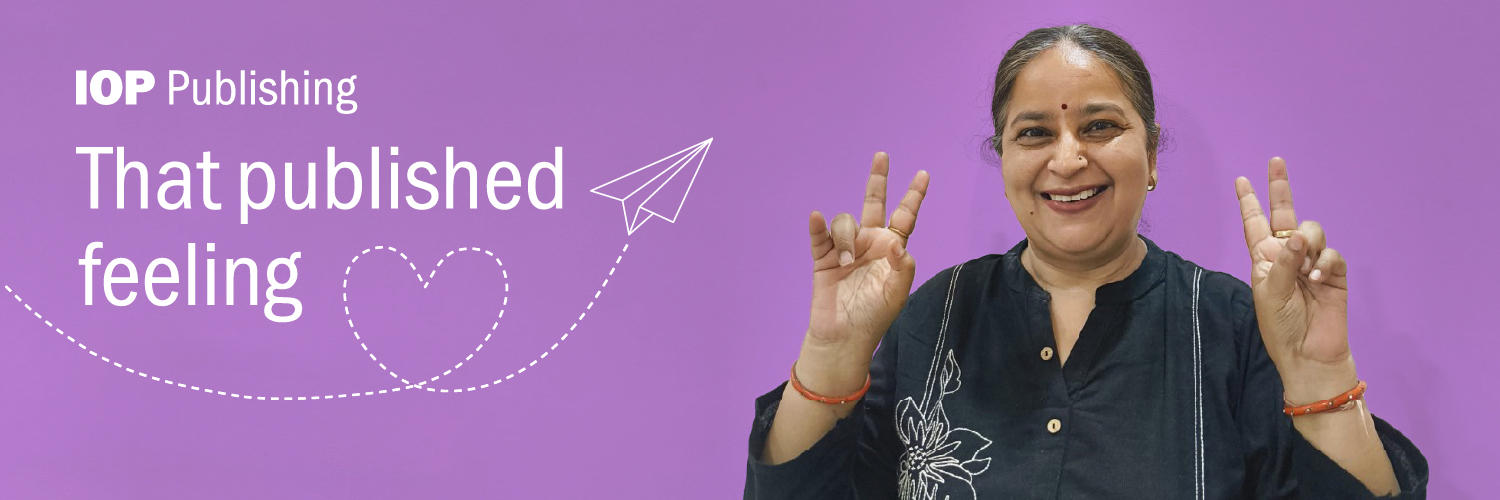
That Published Feeling
We asked researchers who have published with IOP Publishing to reflect on the unforgettable moment of that feeling when they saw their work published for the first time.
Scroll down to discover their stories.
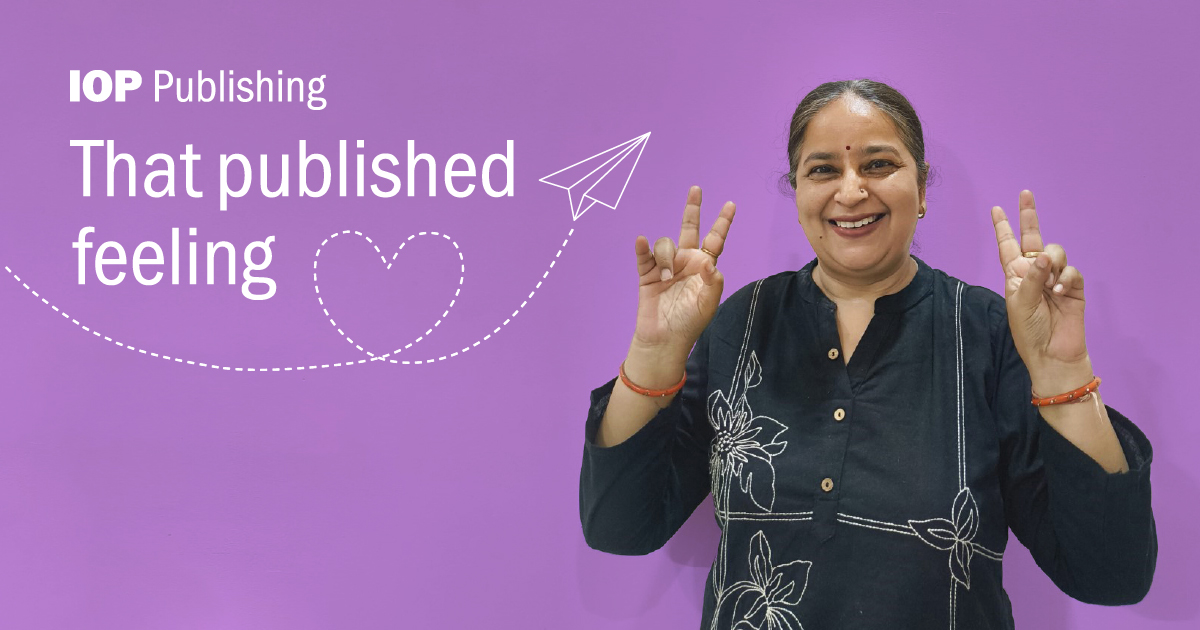
Professor Shivani Gupta
Being published is more than academic success. It means that despite the odds, I was able to make a meaningful contribution to science. It stands as proof that it’s never too late to start again and make your mark.
“Returning to research after a gap of almost 25 years was not an easy decision. It was both a challenge and a dream. Life had taken me far from the lab, and starting again in the field of material science and nanotechnology felt daunting. There were moments when I felt too low and wanted to quit. But with determination and the support of kind mentors and peers, I found my way back. My mentor Dr. H. Narayan had strong faith on me and under his guidance I submitted my paper. The repeated improvements made to the paper and the editors’ patient attention to every minute detail were truly commendable. And finally, an emotional moment came, when my paper was finally published. Holding the PDF copy felt surreal — it wasn’t just a research article, it was a symbol of my journey, my resilience, and the revival of a long-paused dream. Seeing my experimental work and original data recognized brought a deep sense of respect and validation.”
Himanshu Narayan
That feeling? Overwhelming… In a time when academic publishing is often clouded by biases and gatekeeping, IOPP stands tall – supporting genuine research and researchers, regardless of affiliation or title.
That Published Feeling – A Journey of Resilience and Recognition
“After being forced to leave my formal academic role due to personal circumstances, life took an unexpected turn. Without institutional affiliation or lab access, continuing my passion for materials science and nanotechnology felt nearly impossible. But passion doesn’t fade – it adapts.
While working as a freelance Research Consultant and Native Language AI Trainer, I continued externally supervising my PhD scholar. Thanks to her determination and support from my network, we executed our experimental plans. The results were excellent – but our manuscript faced editorial rejections, time and again. I have reasons to believe that my lack of institutional affiliation was a silent disqualifier.
In that moment of discouragement, I turned to the publisher I deeply trust – IOP Publishing, with whom I had published my first paper back in 1999, followed by many others.
We submitted to the IOPP journal Advances in Natural Sciences: Nanoscience and Nanotechnology (ANSN) — and the experience was everything that academic publishing should be: fair, rigorous, respectful, and free. Our paper was reviewed by experts, improved through their constructive feedback, and finally published in April 2025.
That feeling? Overwhelming. Not just for me — but for my PhD student, who once thought all doors were closed.
This moment reminds me why I’ve always respected IOPP. In a time when academic publishing is often clouded by biases and gatekeeping, IOPP stands tall – supporting genuine research and researchers, regardless of affiliation or title.
Publishing, to me, is not just about adding a line to my CV – it’s a vindication of effort, a breath of hope, and a renewed purpose to keep contributing, no matter the odds.”

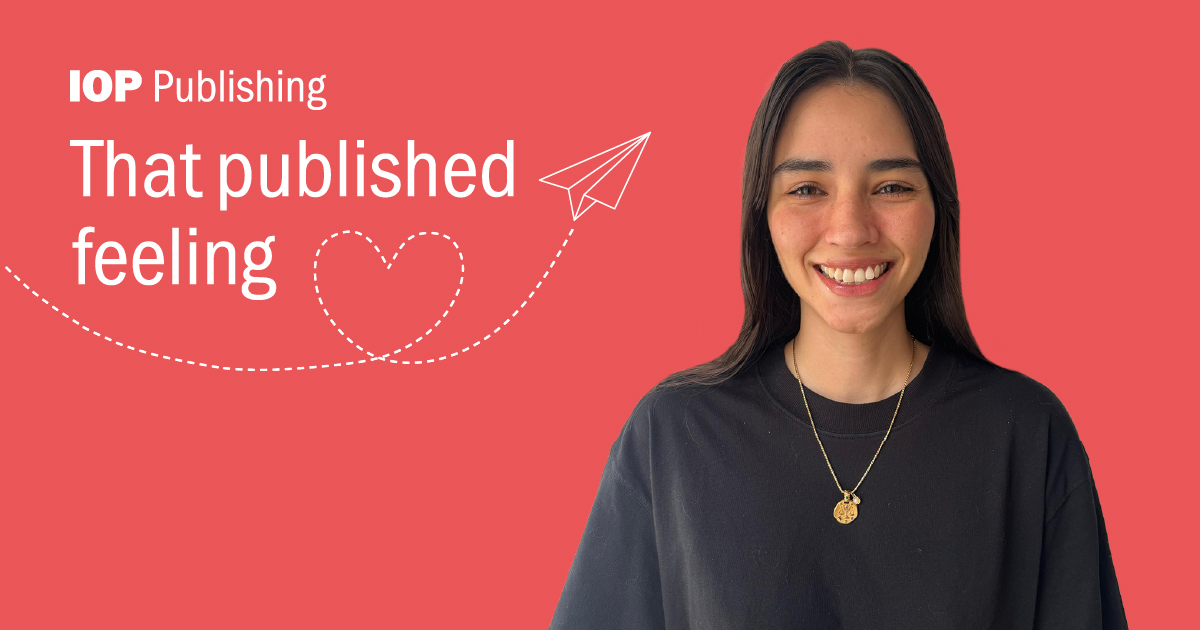
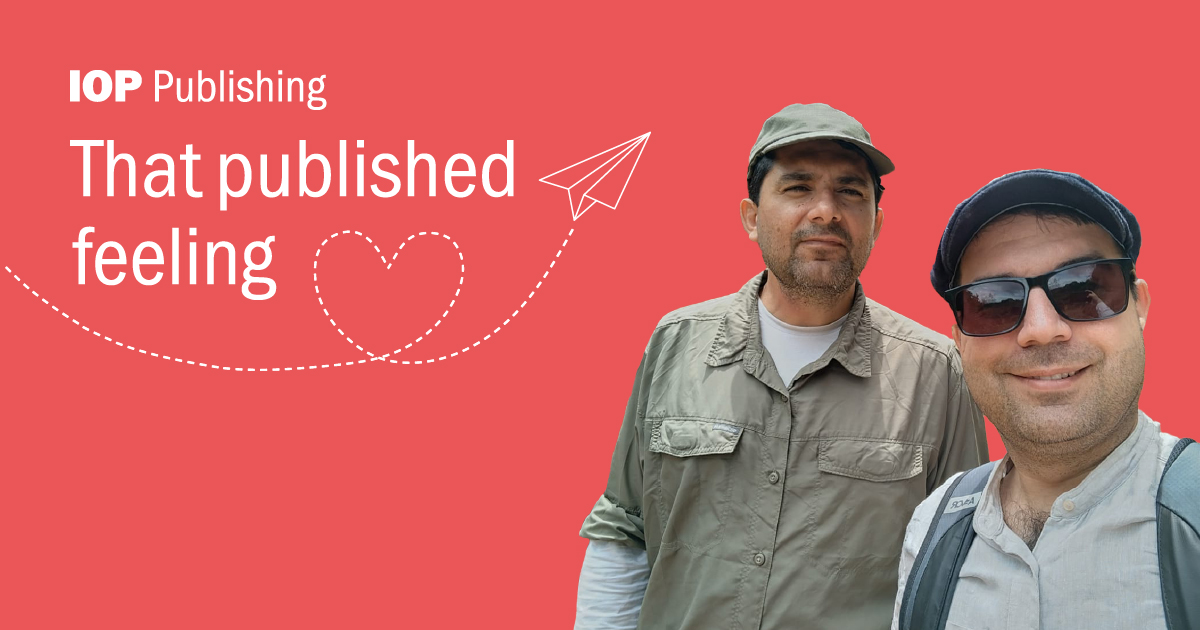
Sara Manuela Nieto Lopera, Ugur Ozturn and Eldier Aristizábal
Seeing the paper published was deeply meaningful. It wasn’t just a personal achievement – it felt like a way to contribute something real to city planning and to the ongoing conversations about how we live with risk.
Coupled evolution of a city and landslides
“Seeing the paper published was deeply meaningful. It wasn’t just a personal achievement—it felt like a way to contribute something real to city planning and to the ongoing conversations about how we live with risk. It was fulfilling to give something back to the city that is my hometown, especially in a way that might inform or support future decisions.
I didn’t do anything grand to celebrate, but it was still special. I met with my co-authors, and I shared the news with friends and family. The real celebration was more internal—the quiet recognition that this work, rooted in my own city’s challenges, might help others see it more clearly—or think differently about its future.
Being published felt like a moment of validation, the culmination of a long process. But more than that, it was about contributing to one of the city’s ongoing and urgent conversations. I like to think of it as offering a grain of sand toward greater awareness. Maybe it won’t change everything, but it could inform, provoke thought, or support decision-makers. And that, in itself, feels meaningful.”
Amanda Juraski
When our paper was published, I felt genuinely delighted – not just because the work was finally out in the world, but because I had the opportunity to publish alongside people I deeply respect and am proud to call friends and collaborators.
Investigation of novel carboxymethyl chitosan-based bioinks for 3D bioprinting of neural tissues
“When our paper was published, I felt genuinely delighted – not just because the work was finally out in the world, but because I had the opportunity to publish alongside people I deeply respect and am proud to call friends and collaborators. To celebrate, I treated myself to a new mug set (I love collecting them!). This one was a cheerful pink and red duo labeled “Night Owl” and “Early Bird” – a little nod to the different rhythms that carried us through the research process.
Being published means a lot to me. It’s both a responsibility and a privilege. As scientists, we strive to share our work with the broader community and contribute something meaningful to the field. This publication, in particular, was part of my PhD research, so seeing it come to life in print feels incredibly rewarding. It marks a milestone not just in my academic journey, but in the broader effort to move science forward.
Comment from Dr. Stephanie Willerth:
“I first met Amanda when I was visiting Brazil as part of a collaboration and it was delightful to have her be able to come work in our lab – resulting in the lovely publication! It reflects how diversity and international collaboration can advance materials science research!”

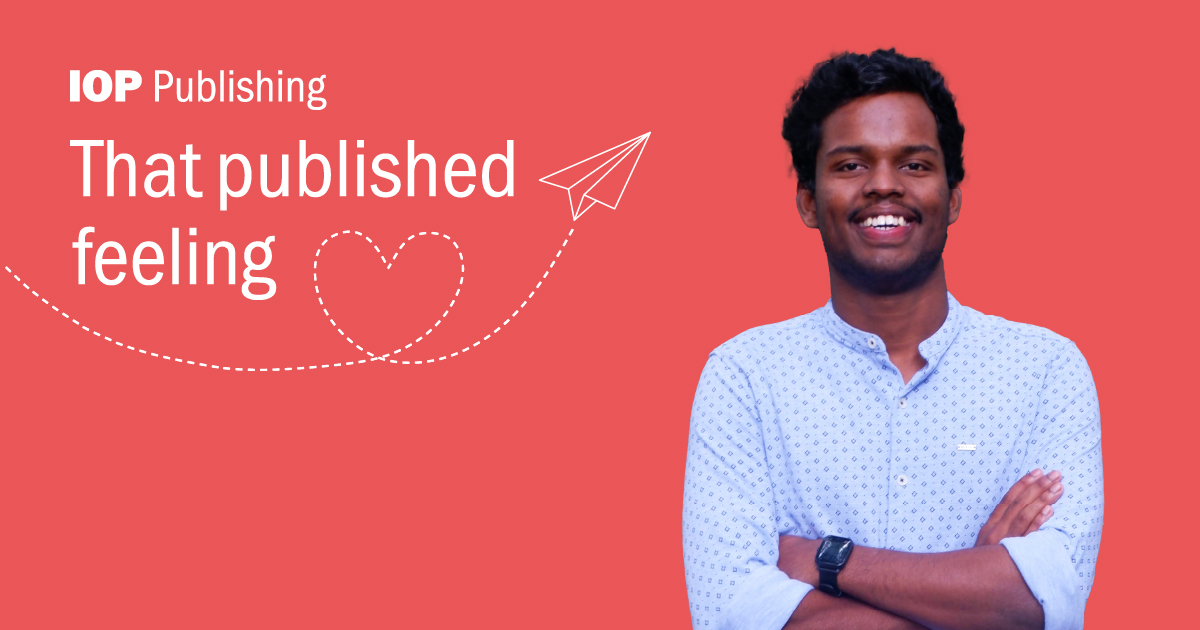
Muhammad Sajeer
Being published means “confidence” to me.
Solid-state nanopore conductance modulation using integrated microheaters
“Regarding how I felt when my paper was published, I was over the moon. I have been reading a lot of papers from the Nanotechnology journal and the reading helped me a lot. It’s a fantastic feeling to see that I am able to publish in the same journal.
Regarding how I celebrate the publication, I ordered chicken biriyani with my wife. It always an exciting feeling as a PhD students to see your years’ work online.
What being published means to me: I am happy that we could advance the Nanopore technology. I am sure that this will be useful for others in the field. Being published also means “confidence” to me.”
Emanuel Carlos, João Coelho
Seeing our work published was incredibly rewarding. It marked the culmination of months of effort, experimentation, and collaboration.
Graphene exfoliation in cyrene for the sustainable production of microsupercapacitors
“Seeing our work published was incredibly rewarding. It marked the culmination of months of effort, experimentation, and collaboration. There is a deep sense of satisfaction in knowing that our research is now accessible to the broader scientific community.
We celebrated modestly but meaningfully with a small team gathering, and a shared sense of achievement.
Being published means more than academic recognition; it is a step toward contributing to meaningful progress in the development of sustainable materials and processes for energy devices. It reinforces our commitment to research that has both scientific value and societal impact.”
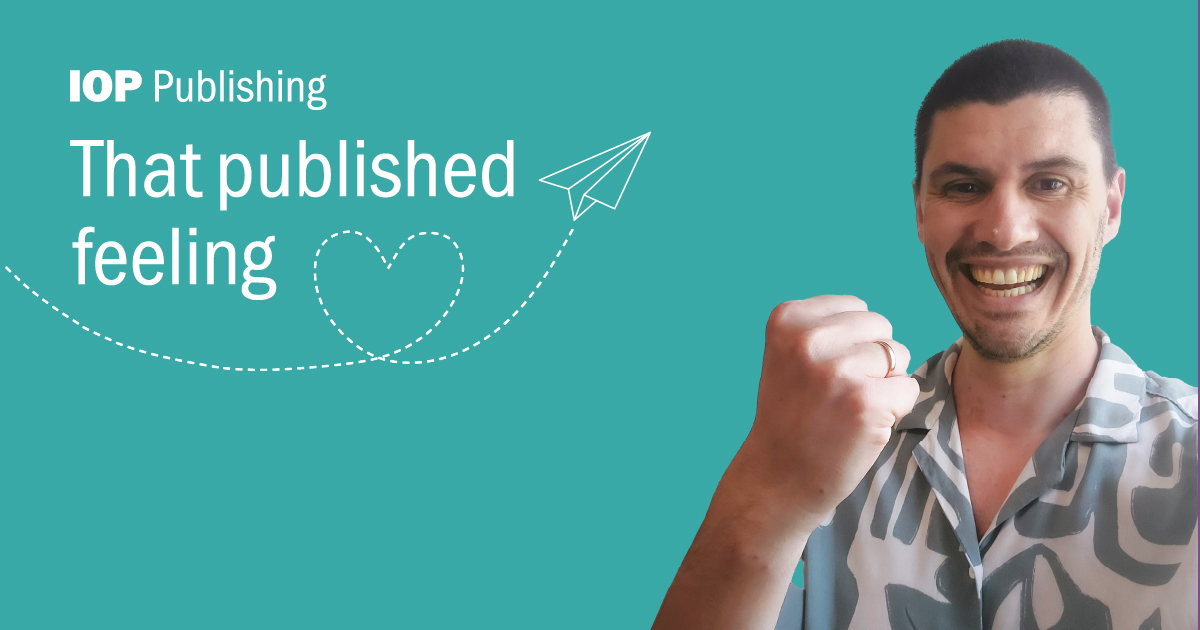
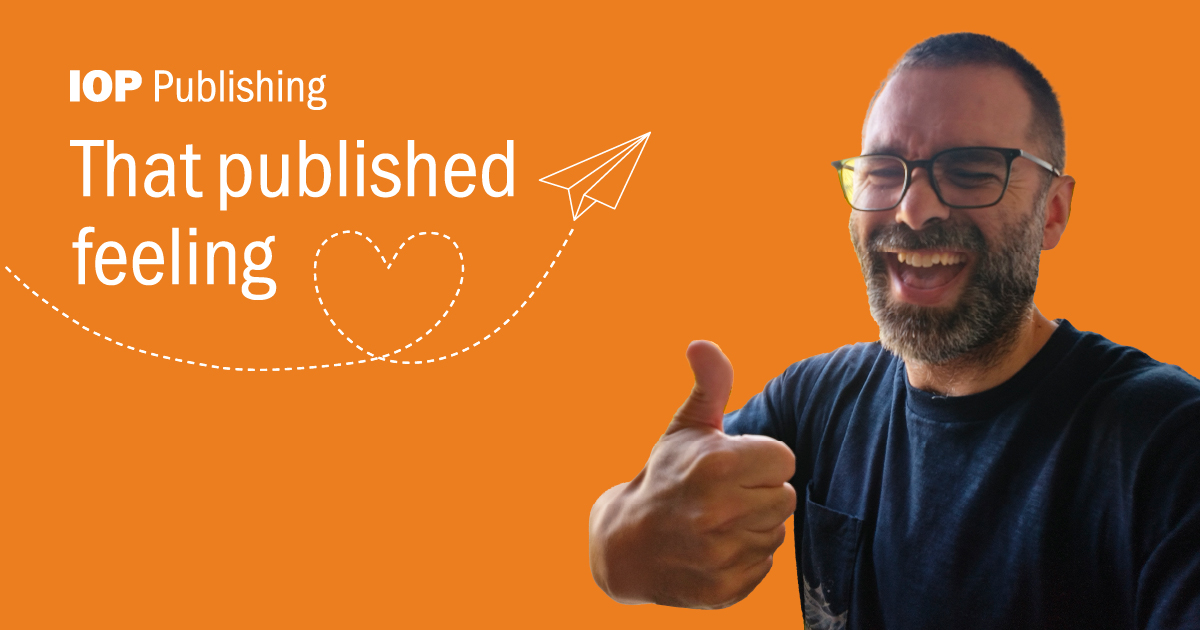
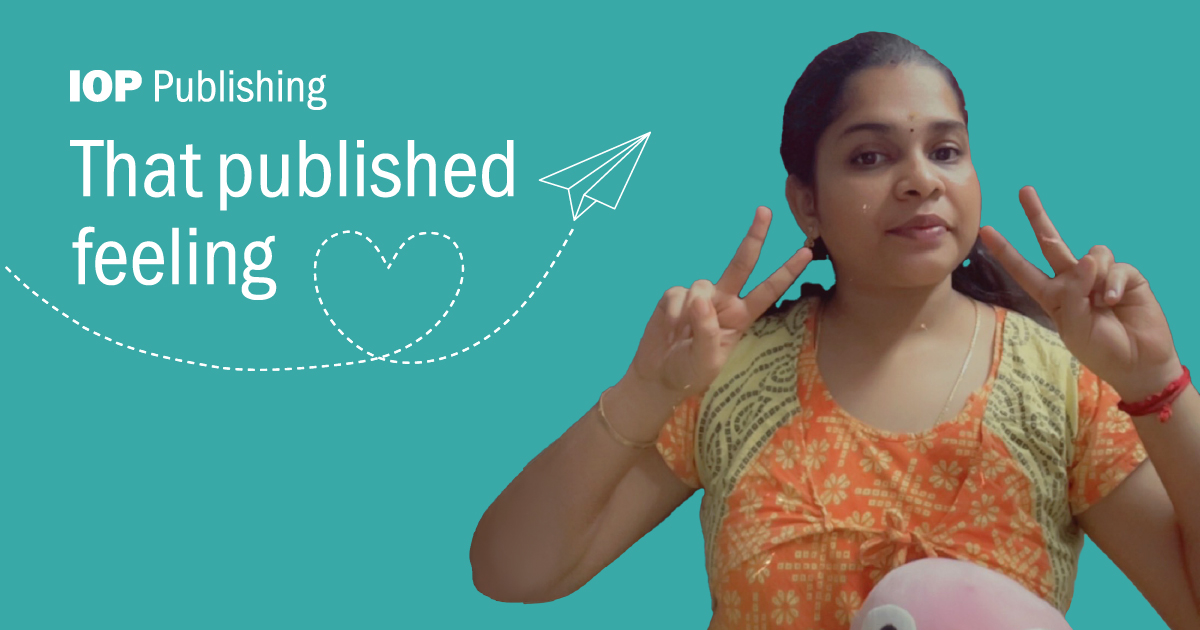
Hema Brindha
This publication holds a special place in my heart. It’s not only a key step toward completing my Ph.D. requirements, but also a meaningful reminder of why I chose nanoscience—to explore, to question, and to create something that matters.
“Seeing my first Ph.D. paper published in IOP Nano Express was an incredibly fulfilling moment. After months of hard work, experiments, and learning from every setback, everything finally came together. It was a mix of joy, relief, and quiet pride—like watching a long-held dream come to life, one step at a time.
To celebrate, I shared the news with my family and friends, who’ve cheered me on from the beginning. We celebrated with smiles, calls, and sweets! I also posted it online—because moments like this deserve to be shared and remembered.
This publication holds a special place in my heart. It’s not only a key step toward completing my Ph.D. requirements, but also a meaningful reminder of why I chose nanoscience—to explore, to question, and to create something that matters. It gives me confidence to move forward, and excitement for all that lies ahead in my research journey.”
Tetiana Shevtsova
Being published means that our work has found a voice in the scientific community. It validates the importance of our research and encourages me to keep pushing boundaries in the field of green chemistry and sustainable polymers.
High oleic soy-based alternating copolymer for surfactant/emulsifier applications
“I felt incredibly proud and grateful when my paper was published. Seeing our work published was both rewarding and emotional—it reflected months of dedication, collaboration, and curiosity. It also gave me a deep sense of fulfilment, knowing our research might contribute to the advancement of sustainable materials.
I celebrated the news by sharing it with my family, colleagues, and friends. Being published means that our work has found a voice in the scientific community. It validates the importance of our research and encourages me to keep pushing boundaries in the field of green chemistry and sustainable polymers. It’s also a reminder of how collaborative science can inspire real-world change.”
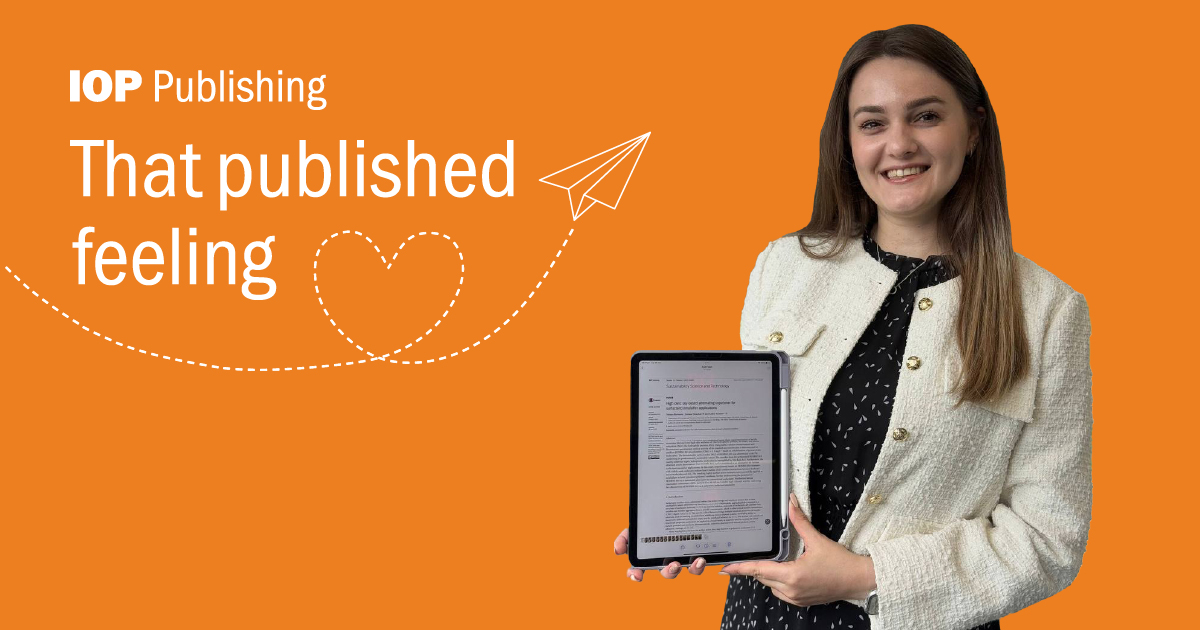
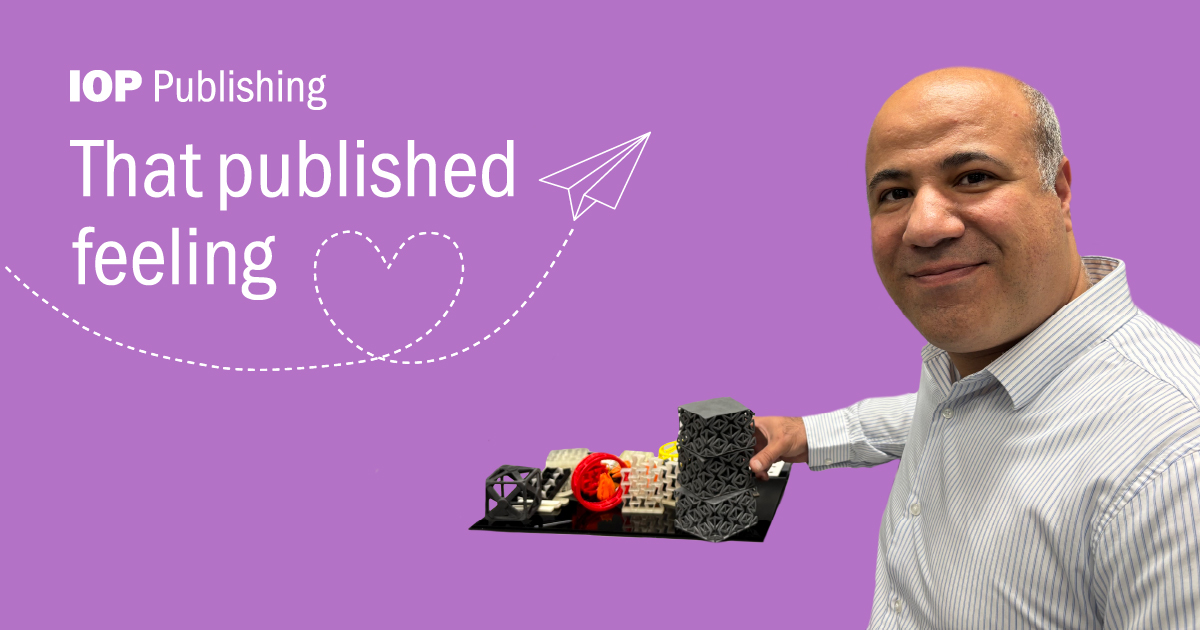
Mahdi Bodaghi
For me, publication is not just recognition. It is the result of a rigorous peer-review process that confirms our ideas’ merit and gives them a voice in the wider scientific community.
“Seeing this first-of-its-kind roadmap published was very rewarding. It felt like all the challenges, a year of planning, communication, collaboration, and several rounds of revision, finally came together as a meaningful contribution to the 4D Printing field.
To celebrate, I shared the news with our great team, imagine, 43 scientists from 32 institutions across 15 countries, and received many warm congratulations! Their excitement made the moment historic.
For me, publication is not just recognition. It is the result of a rigorous peer-review process that confirms our ideas’ merit and gives them a voice in the wider scientific community. These ideas may spark curiosity in another researcher in a different group, university, institute, company, and continent (!) to push the boundaries of science further. It is a small but meaningful contribution to the global wisdom.”
Zikrullah Safi
Publishing under a Transformative Agreement was a very positive experience. It made the open access process much smoother and more accessible, allowing my research to reach a wider audience without additional financial barriers.
Managing reactive nitrogen in spring wheat cropping systems: insights from Kabul, Afghanistan
“Seeing this research published was an incredibly rewarding moment — it reflects years of dedication to improving nitrogen management in spring wheat systems. Sharing this journey through publication truly captures the excitement and joy of ‘That Published Feeling’.
Publishing under a Transformative Agreement was a very positive experience. It made the open access process much smoother and more accessible, allowing my research to reach a wider audience without additional financial barriers. I value the opportunity it provides to share my work more freely and to contribute to open and transparent science.”
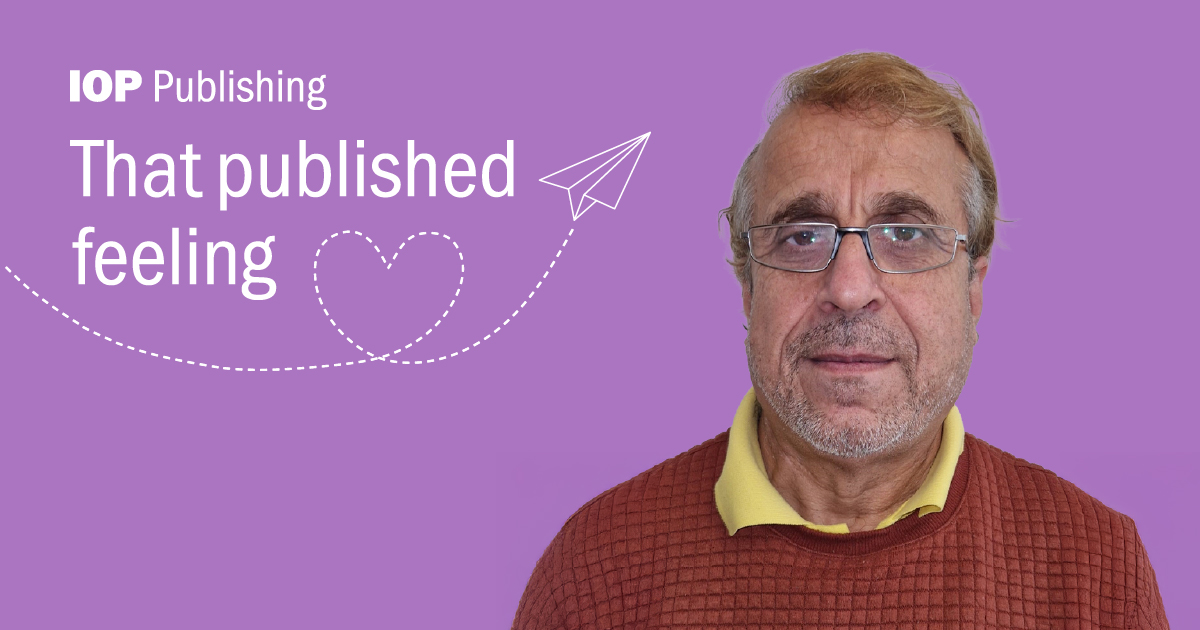
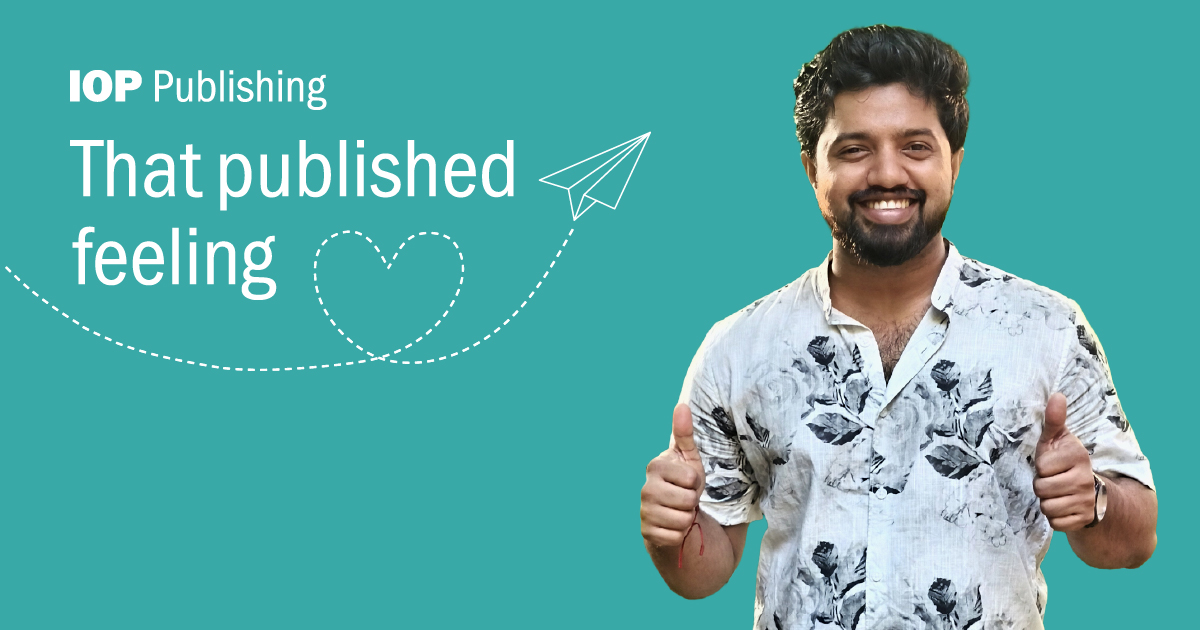
Ashiq Parambil-Peedika
I felt a deep sense of satisfaction and joy. It was rewarding to see our work published, especially knowing it can contribute to policy conversations that support farmers while strengthening soil biodiversity.
On biodiversity-inclusive carbon crediting in agriculture: insights from crop residue burning
“When our research was published, I felt a deep sense of satisfaction and joy. It was rewarding to see our work published, especially knowing it can contribute to policy conversations that support farmers while strengthening soil biodiversity.
My co-authors shared the news with me, and it was a very happy moment. This interdisciplinary work brings together agriculture, biodiversity, and carbon markets, with the potential to inform farmer-friendly policies.
Being published means adding a small but meaningful contribution to the scientific record. Once published, an idea endures, shaping future research and dialogue. I hope our work continues to inspire conversations that benefit both the environment and farmers.”
Adeeth AG Cariappa
Publishing in Environmental Research Letters is a big deal for me personally – it is one of the best journals in the world, and there are several high-quality papers on voluntary carbon markets that made us target this journal in the first place. Having our work enter that conversation feels especially meaningful.
On biodiversity-inclusive carbon crediting in agriculture: insights from crop residue burning
“When our work was published, we were genuinely proud. This was a true team effort with strong transdisciplinary expertise, and it felt great to see all those perspectives come together in ERL.
We shared it on LinkedIn, exchanged a lot of excited messages, hugs, and handshakes, and took a moment to enjoy the win as a team.
Publishing in Environmental Research Letters is a big deal for me personally – it is one of the best journals in the world, and there are several high-quality papers on voluntary carbon markets that made us target this journal in the first place. Having our work enter that conversation feels especially meaningful”
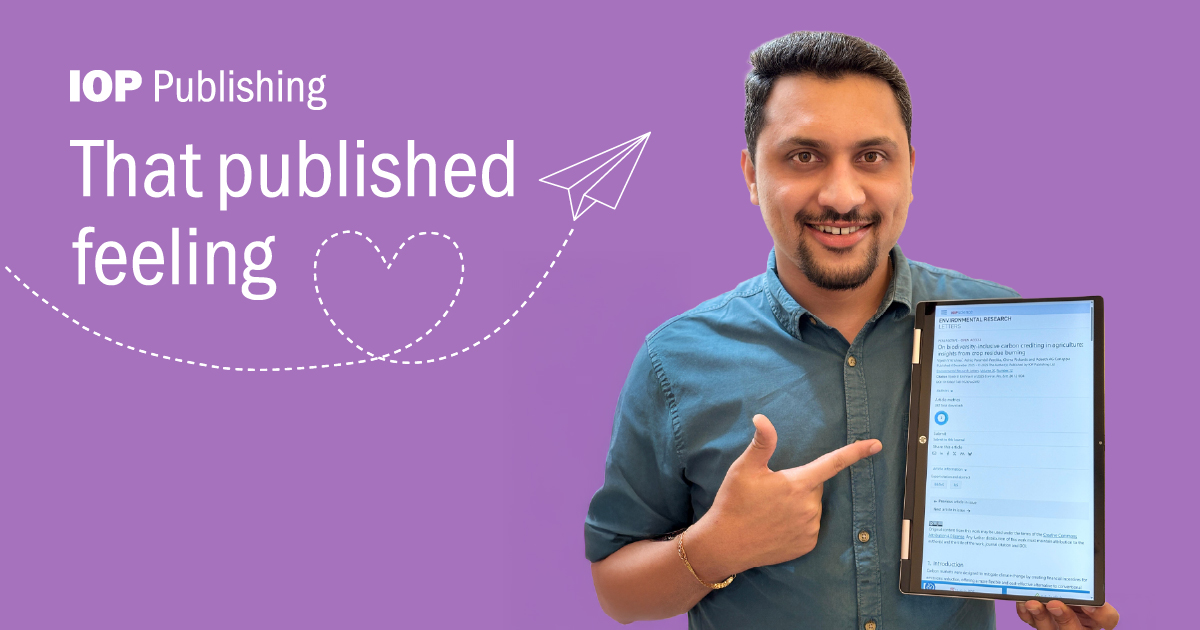

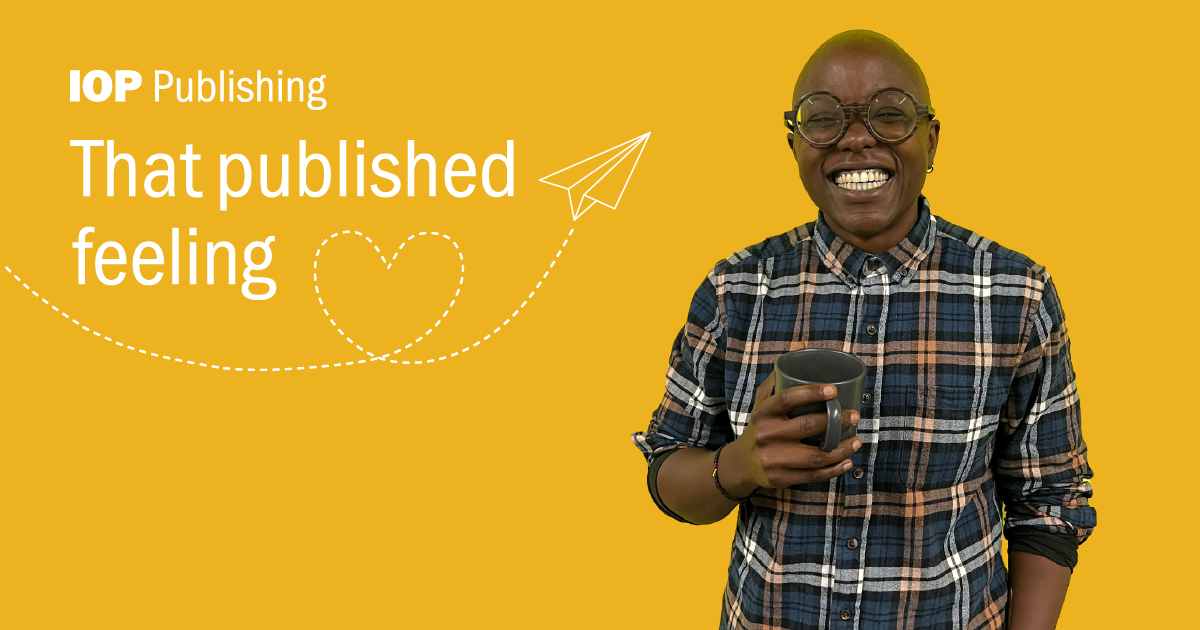
Vijesh V Krishna and Chima Rickards
When the paper was published, it felt like a quiet pause after a long walk. I marked the moment simply, with a call to the team and a cup of tea. Being published means the work now has a life beyond us.
On biodiversity-inclusive carbon crediting in agriculture: insights from crop residue burning
“When the paper was published, it felt like a quiet pause after a long walk. I marked the moment simply, with a call to the team and a cup of tea. Being published means the work now has a life beyond us.
The publication brought a calm satisfaction rather than excitement. We acknowledged it briefly, then returned to the questions it raised. For me, publication is not an end, but an invitation to dialogue”